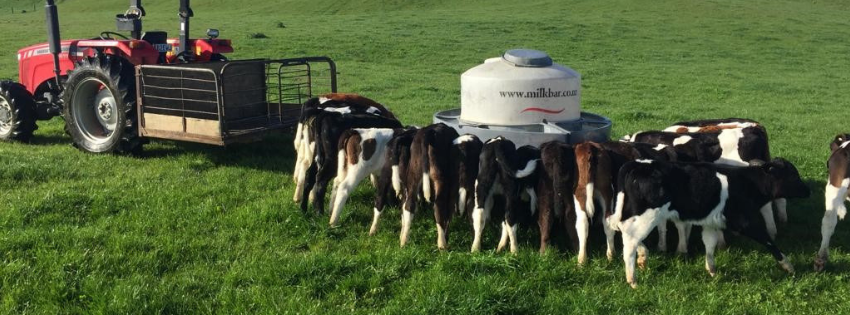MaxCare explores 5 commonly raised comments about feeding your calves cow’s milk instead of calf milk replacer.
- “I believe that whole milk is best for my calves.”
Due to changes in feed rations and the focus on milk production, the composition of cow’s milk has changed in recent decades. The fat content has risen, and, because of high milk yields, the vitamin and trace element content has declined considerably. The result is that whole milk may no longer be sufficient for the long-term needs of calves. For example, the deficits in vitamins and trace elements could result in reduced immune system functioning, poor digestion and weaker bone structure. Furthermore, the high-fat content of whole milk can slow down the development of the rumen, which can have a negative effect on concentrate and roughage intake. MaxCare Calf Milk Replacer (CMR) is specifically formulated with a balanced blend of organic and inorganic minerals. This ensures optimum calf requirements are met to maximise growth, development and health of your calves.
- “It’s the best way to dispose of surplus milk.”
There are several known diseases that are easily transmitted by whole milk, especially when this milk is unpasteurised! If not treated correctly milk can be a breeding ground for the rapid growth of bacteria and as a result the calf is at risk. When it comes to infection and disease, you need to consider the risk of disease transfer from cow to calf. The is also the significant issue of antimicrobial resistance if feeding ‘waste’ milk from treated cows, this is another discussion but one that needs careful consideration. Milk replacers are a useful tool to prevent the spread of infection from the adult herd and to minimise the risk of antimicrobial resistance.
- “Whole milk is easy and saves a great deal of time.”
Feeding whole milk to calves requires a lot of care and attention. We need to consider the temperature of milk when it comes from the shed and is it the optimum temperature to feed to calves? We need to consider the logistics… carting whole milk around the farm can be inefficient and you need to consider how else could you spend your time if you didn’t have to cart milk around the farm?
- “I’ve always done it this way.”
Here’s some food for thought – to feed 50 calves, you will require ~14,000 litres of whole milk.
- If that milk is saleable what is it worth?
- How much time will you spend transporting and managing this milk?
- How does this compare with using 87 bags of CMR?
- “Whole milk is of consistent quality.”
The levels of dry matter, protein, fat and lactose can vary significantly with whole milk and can affect the calf. When using whole milk these daily changes in nutrient concentrations lead to a variable growth curve and can increase the risks of nutritional diarrhoea.
There are plenty of reasons to use MaxCare CMR.
MaxCare CMR products have been developed specifically for the dairy industry, using the highest quality ingredients. Good calf nutrition builds a strong foundation for healthy growth and development for your individual animals, your herd and our industry. For more information about our range of MaxCare calf milk replacers, click here.




